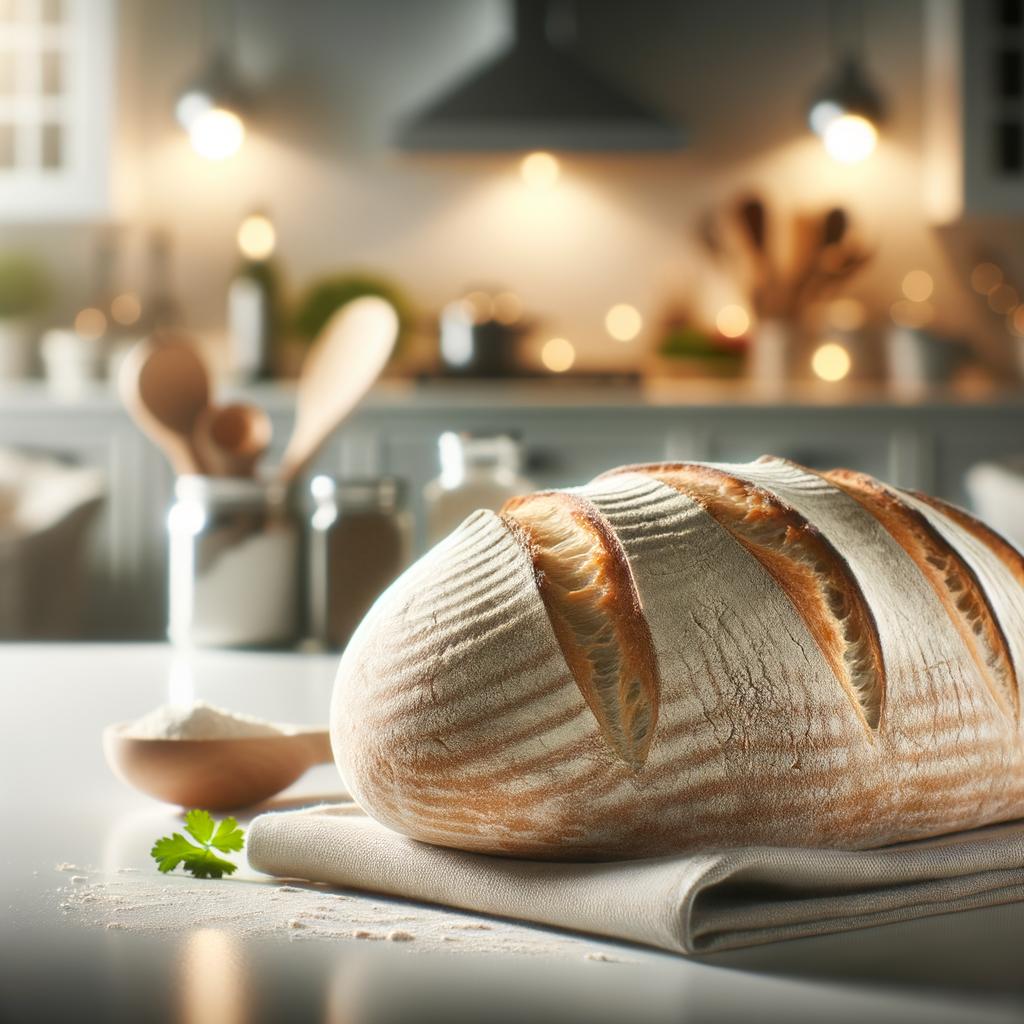Ciabatta Bread

Description
Ciabatta bread, a quintessential Italian ingredient, is a rustic, artisanal bread that is as delightful to the eyes as it is to the taste buds. It is characterized by its oval or rectangular shape, a golden-brown, crispy crust, and a soft, porous interior that's perfect for soaking up olive oil or pasta sauce. The flavor profile of ciabatta is subtly tangy, which is a result of the long fermentation process it goes through. What sets ciabatta apart from other bread is its distinct chewy texture and large, irregular air pockets inside, a testament to the skill of the baker who crafted it.
Primary Uses
In the culinary world, ciabatta bread is a versatile ingredient. It is commonly used in making paninis due to its ability to hold together well under the press. It's also a popular choice for bruschetta because of its absorbent nature, soaking up the juices of ripe tomatoes and olive oil. Ciabatta also makes a wonderful table bread, served alongside a hearty Italian meal. Beyond the kitchen, ciabatta bread has a cultural significance in Italy, where it is a symbol of artisanal baking tradition and regional pride.
History
The story of ciabatta bread is a romantic tale of culinary innovation. It was first baked in 1982 by a Venetian baker, Arnaldo Cavallari, who wanted to create an Italian bread that could rival the popular French baguettes. The name 'ciabatta' means 'slipper' in Italian, a nod to the bread's slipper-like shape. Over time, the popularity of ciabatta has spread worldwide, becoming a beloved ingredient in sandwiches and rustic dishes alike. There's an intriguing myth that the recipe for ciabatta was lost and rediscovered in an old, forgotten baking book, adding to the allure of this delicious bread.
Nutritional Information
Nutritionally, ciabatta bread is a good source of carbohydrates, providing energy for the body. It also contains small amounts of protein and fiber. However, what makes ciabatta unique is its low sugar content, which makes it a healthier alternative to other types of bread. Consuming ciabatta can provide some essential nutrients, but like all bread, it should be eaten in moderation as part of a balanced diet. The beauty of ciabatta lies not only in its taste but also in its simplicity - crafted from just flour, water, yeast, and salt, it's a testament to the magic that can happen when humble ingredients are transformed with time and skill.

